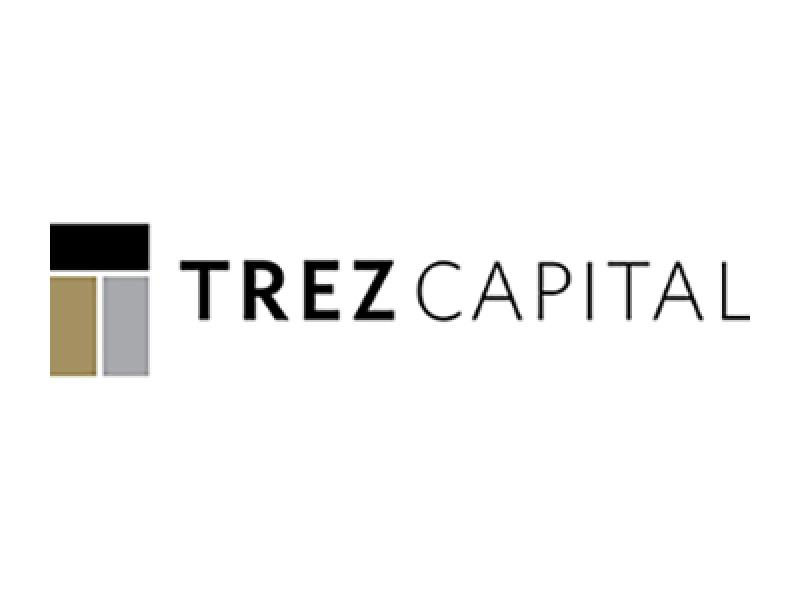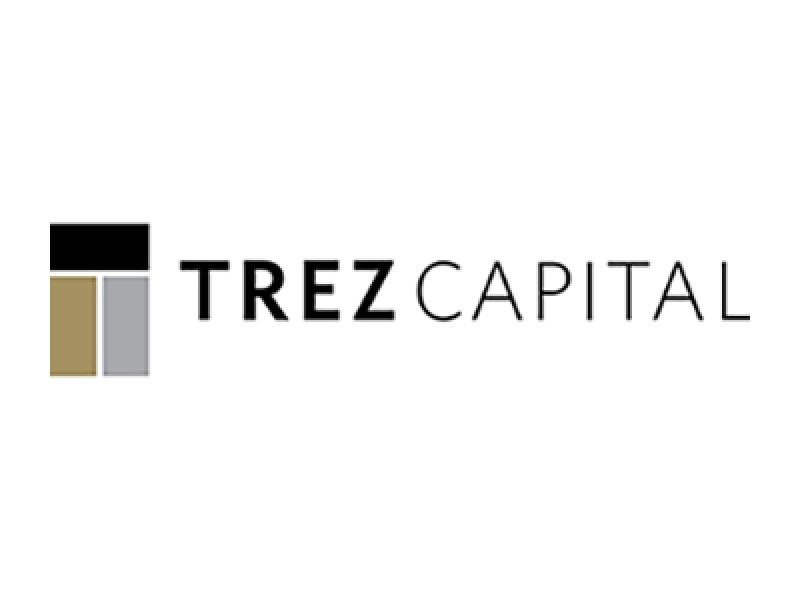
Changes in Canada’s commercial real estate (CRE) sector have reached a tipping point, ushering in a more beneficial and opportunistic market for alternative lenders.
This shift is primarily driven by heightened regulatory scrutiny placed on banks and other traditional capital lending sources, coupled with liquidity issues in the market and the need for faster, more efficient financing solutions for borrowers. Offering speedy access to capital, as well as tailored financing options to address the diverse needs of their borrowers, private lenders can continue to position themselves strategically to fill these gaps.
Survey data pulled from the 2024 ULI/PWC Emerging Trends in Real Estate for Canada report suggests this year presents a “moment-in-time” type of opportunity for alternative lenders, with an increase in the undersupply of debt capital for acquisitions, refinancings and development activity. This perceived deficiency in capital availability in the market provides a key opportunity for alternative lenders. Tackling the demand by providing nimble debt capital to borrowers confronted with narrowed financing choices, private lenders can benefit from higher yields paired with the security of the underlying asset.
In this environment, lenders have the runway to be even more selective when choosing sponsors and transactions. For Trez Capital, a North American diversified real estate investment firm, partner selection is critical for safeguarding capital to ensure successful project launches and generate inflation-adjusted returns.
“Many borrowers find the current market to be full of inefficiencies from a lending perspective, especially opportunistic borrowers who occasionally require fast access to capital to close a deal,” said Eric Horie, Senior Managing Director, Head of Origination, Canada, Trez Capital. “Because of our agility and adaptability, private lenders are getting more exposure than ever to higher quality sponsors and transactions.”
Horie also speaks to the implementation of Basel III regulations, raising minimum capital requirements for banks, and the opportunities this has sparked in the private lending space. He indicates that as a result of the impacts of Basel III, many of the banks and other Office of the Superintendent of Financial Institutions (OSFI) regulated lenders have since increased their spreads on commercial real estate loans. Some have diversified or pivoted to more profitability in other loan types requiring less capital reserves, such as small business financing, consumer loans or corporate lending. While banks must navigate these stricter capital requirements, alternative lenders are stepping up to the plate.
“Basel III implications, along with the fact that some borrowers are being slowed by the Canadian Mortgage and Housing Corporation’s (CMHC) backlog and their tightened credit risk appetite, provides alternative lenders with an opportunity to get rental construction projects out of the ground.” Horie elaborates with an example from Trez Capital when funding construction loans – after 9 or 12 months, when the borrower’s proforma rents are proven by the market and the Certificate of Insurance (COI) is in hand, CMHC-insured loans are available to step-in and pay out Trez Capital’s initial loan, and see the projects through to completion and stabilization. “With the ability to move quickly, we can effectively mitigate delays for the borrower and provide complimentary financing to other lenders in the market,” said Horie.
In mid-October 2023, five- and ten-year bond rates reached a high-water mark, which precipitated a rise in the cost of borrowing, with capitalization (cap) rates having yet to come down. These current conditions have created potential arbitrage opportunities for real estate investors looking to take advantage of this “sweet spot” before cap rates follow suit to dipping longer-term bond rates.
“There’s finally a line of sight to interest rates coming down in the near term with cap rates to follow,” said Horie. “In our portfolio, we’re seeing healthy buyers with strong balance sheets capitalizing on this period.” Some buyers view this time as their last opportunity to purchase before prices increase and some of the larger institutional investors return to the market.
Additionally, the debt funding gap continues to rise in the multi-family sector, with CBRE Econometric Advisors estimating a $21.7 billion funding gap for multi-family properties in 2023. With Canada facing the lowest housing availability per capita amongst G7 countries, the demand for alternative lenders to provide construction financing is surging.
“From a lender’s perspective, the Canadian story is tremendous right now, with population growth sustaining demand for construction financing to meet housing needs,” said Horie. “At Trez Capital, we’re active and currently bullish on the Southern Ontario, Alberta, metro-Vancouver and South Vancouver Island markets.” In terms of asset classes, Trez Capital is focused on construction and acquisition bridge loans for industrial and multi-family properties.
Monitoring emerging property trends and identifying underserved niches can position private lenders for success as the market evolves.
Operating outside of regulatory red-tape and with the ability to offer fast and customized financing options, alternative lenders are here to fill the gap for opportunistic property developers, before the market turns around.
“It’s a great time to be a private lender,” concluded Horie.











